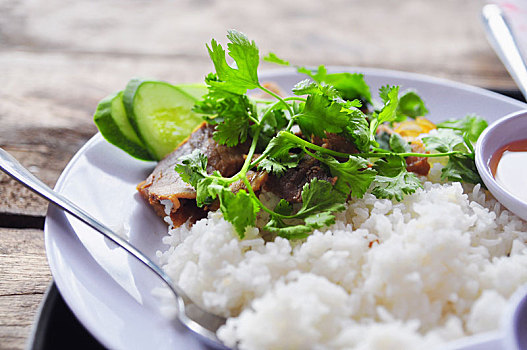Rice holds great significance in Vietnamese cuisine, as it is a staple food and an integral part of the country’s culinary culture and identity. The importance of rice in Vietnamese cuisine can be attributed to several factors:
- Historical and cultural significance: Vietnam has a long history of rice cultivation, with agriculture playing a critical role in the country’s development. As a result, rice has become deeply embedded in the Vietnamese culture, and its cultivation and consumption have been associated with prosperity and sustenance.
- Geographic suitability: Vietnam’s climate and topography, particularly in the Mekong Delta and Red River Delta regions, are well-suited for rice cultivation. These fertile regions produce vast quantities of rice, making it an abundant and easily accessible food source.
- Versatility: Rice is incredibly versatile and can be found in various forms in Vietnamese cuisine. It is consumed as a staple food in the form of plain white rice, as well as in dishes like phở (rice noodle soup), bánh mì (Vietnamese sandwich with a rice flour baguette), bánh cuốn (rice crepes), and many others. Rice is also used to make rice paper, rice vinegar, and rice wine, which are essential components in Vietnamese cooking.
- Nutritional value: Rice is a rich source of carbohydrates, providing energy for daily activities. It also contains essential vitamins and minerals, making it an important part of a balanced diet in Vietnam.
- Symbolism: Rice is often associated with life, fertility, and prosperity in Vietnamese culture. It plays a significant role in religious and social ceremonies, such as weddings, funerals, and ancestral worship.
In summary, rice is a vital element of Vietnamese cuisine due to its historical, cultural, geographic, and nutritional significance. Its versatility has led to its inclusion in a wide variety of dishes, making it an essential part of the Vietnamese culinary experience.
